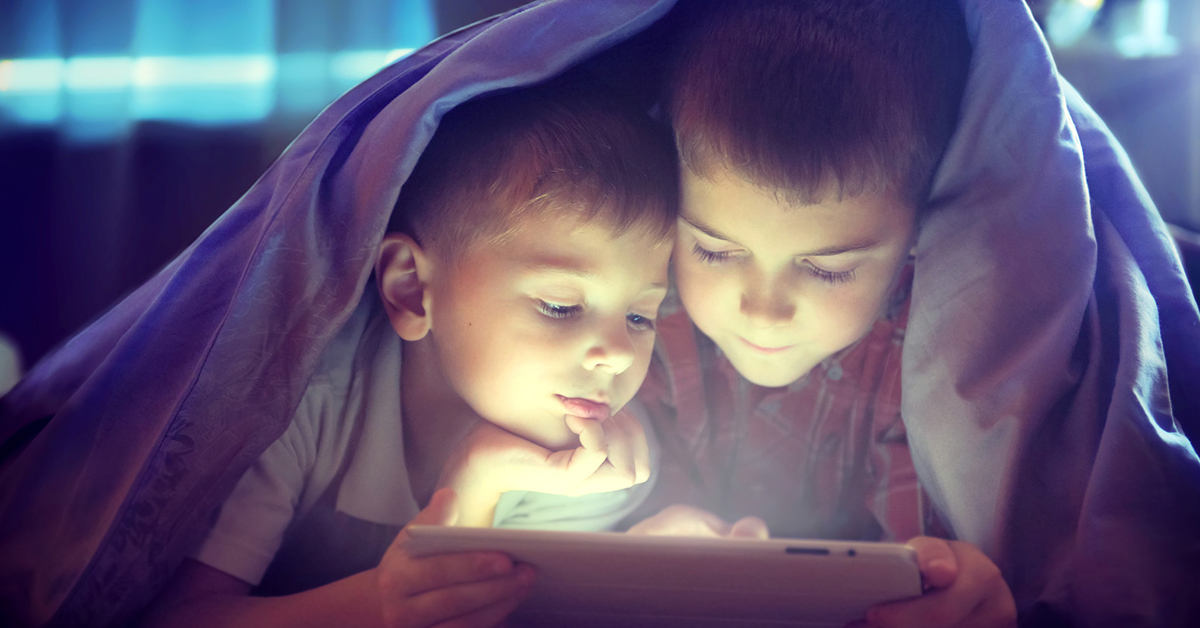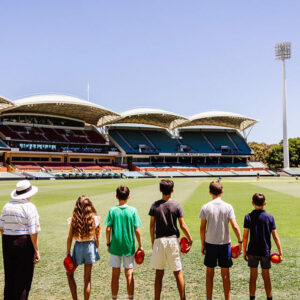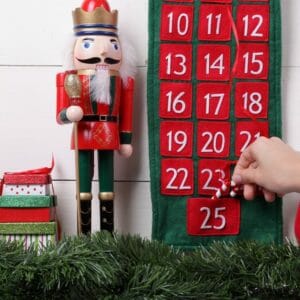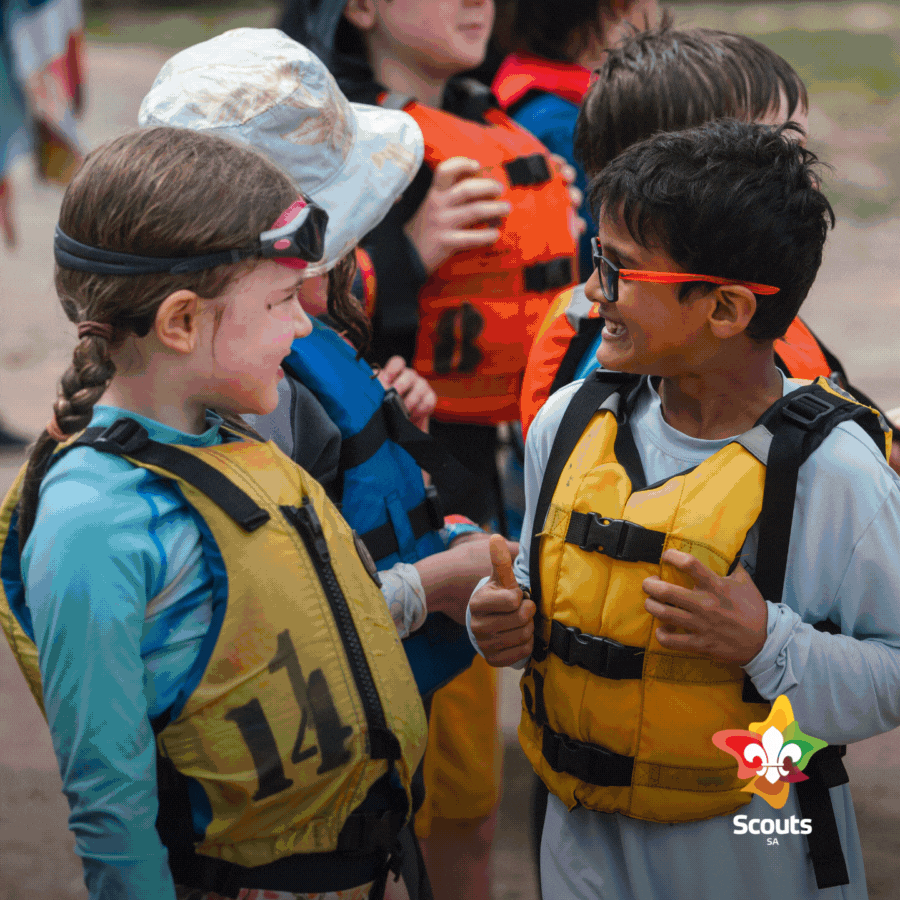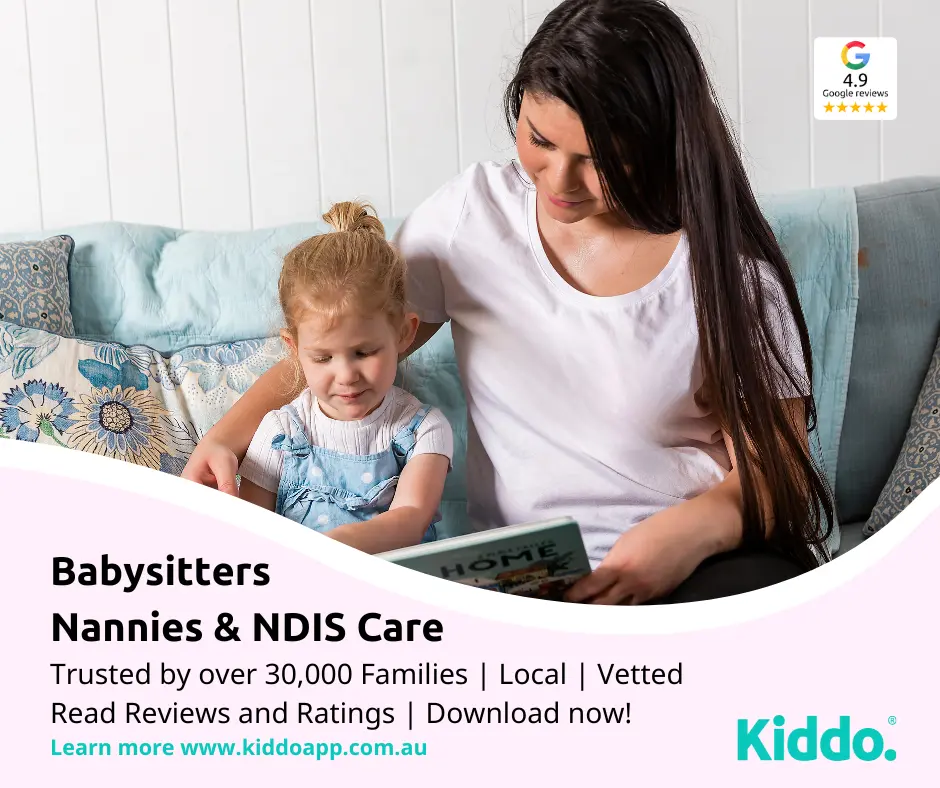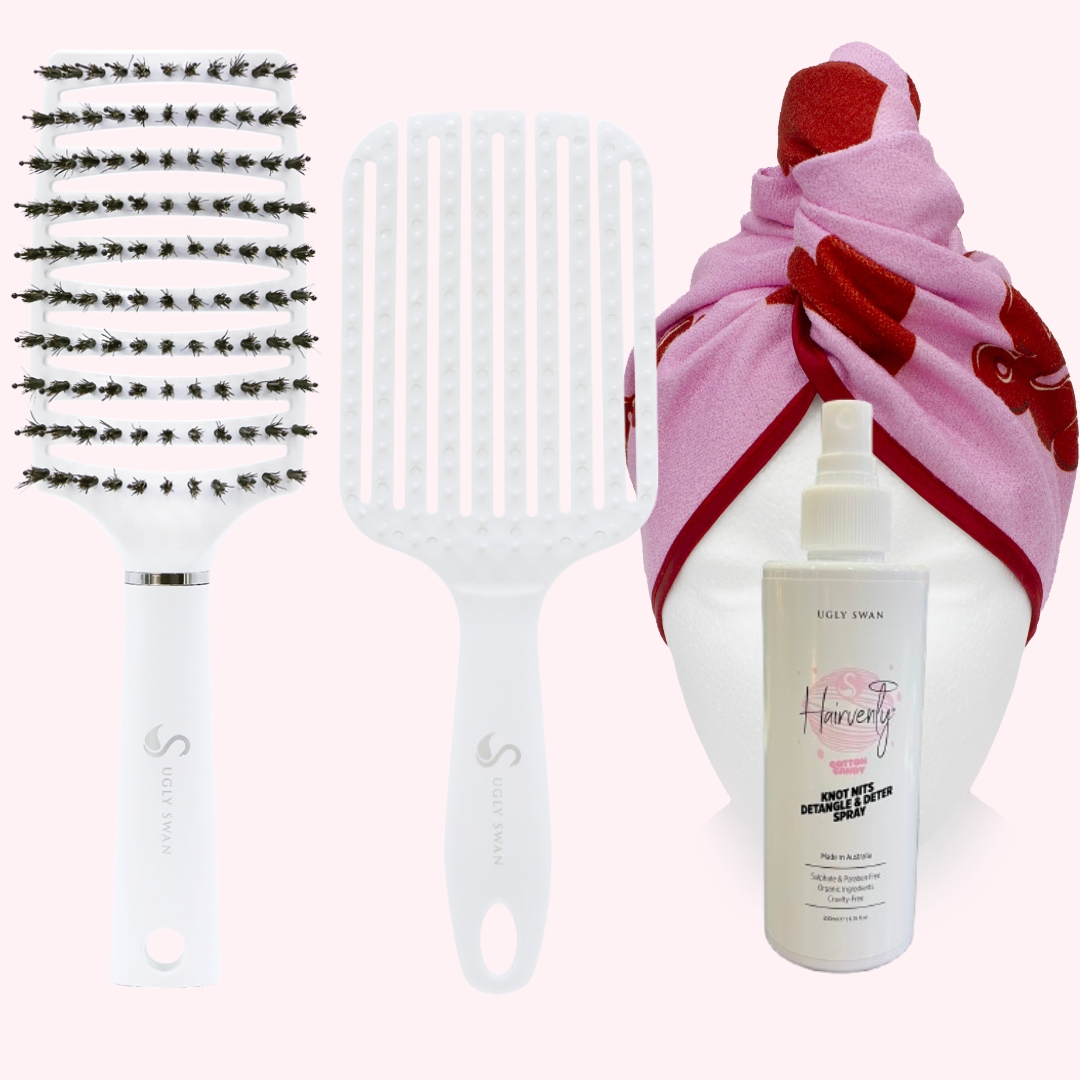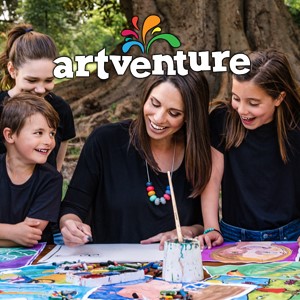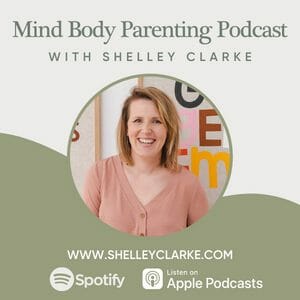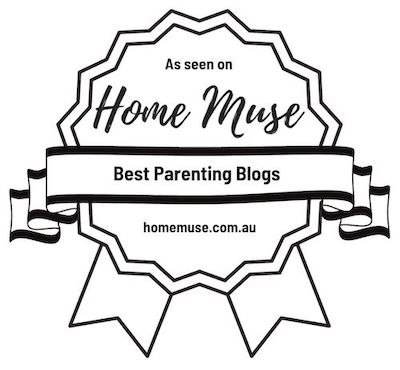In 2014, when the inaugural Report Card on Physical Activity for Children and Young People was released, Australian kids scored an alarming D- in the area of Sedentary Behaviour. The report indicated that over two thirds of Aussie kids were engaging in recreational screen use for more than 2 hours a day. In fact, the average Australian young person was found to be spending about four hours a day in front of a screen of some sort. A typical home now has three TVs, three laptops and two videogame consoles. About a third of Aussie kids aged 9-11 have a TV in their bedroom and as a result, each week these children are watching three hours’ more TV, getting 45 minutes less physical activity, one hour less sleep, and spending one hour more on the computer. Two years on, as the launch of the next Report Card rapidly approaches, we are eager to discover if anything has changed.
Leading this conversation is Active Healthy Kids Australia (AHKA), a collaboration of physical activity researchers across Australia. Each year, AHKA ‘grade’ the nation on levels of physical activity in children and young people, and grades and recommendations for improvements are reported in the biennial AHKA Physical Activity Report Card. The Report Card synthesises the best available evidence in order to assign grades to physical activity indicators and provides a national snap shot of children’s physical activity in Australia. The 2014 and 2015 Report Cards can be accessed from the AHKA website.
In order to better understand the Sedentary Behaviour trends of Australian children, AHKA Research Working Group member, Professor Leon Straker, led an investigation which examined the data around the following key questions…
What are the main sedentary behaviours of children?
Sedentary behaviour can occur in 4 areas of children’s lives—education/school/child care, transport, self-care/domestic chores, and leisure/play. For school-aged children, a main “occupation” is being a student and the majority of the school day is spent sitting. Homework also contributes to additional sitting time. Transport time is usually highly sedentary with children sitting in buses, trains and cars to get to and from school and other destinations. Sedentary self-care tasks include eating and some grooming. Leisure and play sedentary behaviours include reading from a book or engaging with an electronic screen.
What are the effects of different types of sedentary behaviours on child health and development?
There are a number of ways by which sedentary behaviours may influence child health and development, including disrupted metabolism, limited neuromuscular activity and cognitive experiences and other mechanisms such as reduced sleep quality. At present, most of the research is about the effects of watching TV, and there has been less of a focus on the effects of total screen time, screens other than TV, non-screen sedentary behaviours, and total sedentary time. The available research, while incomplete, is sufficiently convincing that sedentary behaviours are important for child health and development. It is therefore fundamental that we find a way to balance children’s healthy and unhealthy sedentary behaviours in order to improve the sedentary behaviour grade in future report cards.
So what can parents do?
There is strong evidence that general monitoring of media use (knowing where children are using screens and what they are watching), setting some rules, offering non-screen alternatives like board games, modelling more moderate screen behaviours, and getting children outdoors are all effective in reducing screen time.
With the knowledge that inactive kids are likely to become inactive adults, it is vital that we all play our part to get our children moving more every day. This responsibility falls on the shoulders of no one person, influence or sector. We need a nationally coordinated response that includes working towards implementing policies, programs and initiatives that encourage and enable our kids to favour active pursuits over sedentary alternatives. Collectively we need to support physical activity participation; create spaces, environments and cultures that invite movement; nurture the development of active children through education; and provide numerous opportunities to be active as a family.
In November this year, AHKA will release the next full Report Card which will cover all 12 physical activity indicators that focus on physical activity behaviours, the settings and sources of influence as well as strategies and investments that impact these behaviours and traits linked with physical activity participation. The AHKA Report Card will be released alongside more than 35 other countries as a part of the Active Healthy Kids Global Alliance. This global launch will provide a benchmark of where Australia sits compared to the rest of the world in regards to the activity levels of Australian children and young people.
Author Bios
Dr Natasha Schranz
Leading this conversation is Dr Natasha Schranz, Active Healthy Kids Australia (AHKA) Co-Chair and Research Fellow from The University of South Australia and the lead investigator behind the AHKA Report Cards. Dr Schranz is passionate about the work she does for AHKA and feels it’s important to highlight the facts and stats about Aussie kids doing less physical activity than they ever have before. She says “The results from the AHKA Physical Activity Report Cards can, and should start a national conversation about how we can improve the grade and get more kids to move more and sit less.”
Charlotte Vincent
Working alongside Dr Schranz, Charlotte Vincent assists with the business administration for Active Healthy Kids Australia. Charlotte shares the passion of AHKA in the ultimate quest to find effective and innovative ways to improve physical activity levels of Australian Kids. “It is critical that we address the barriers that are preventing today’s kids from being more physically active in all areas of their daily life.”
Active Healthy Kids Australia
Alliance for Research in Exercise, Nutrition and Activity (ARENA)
School of Health Sciences University of South Australia | City East Campus (C7-42)
Ph: (08) 8302 1285 | Email: AHKA@activehealthykidsaustralia.com.au








